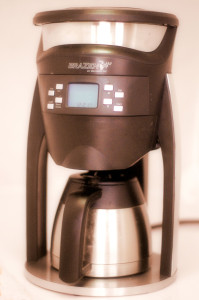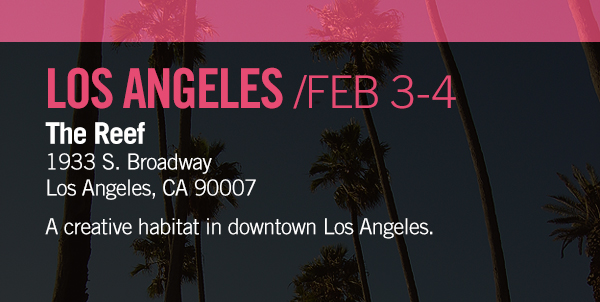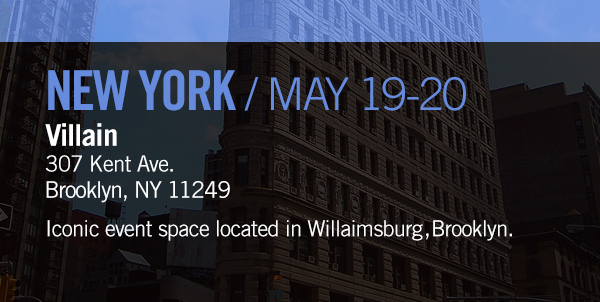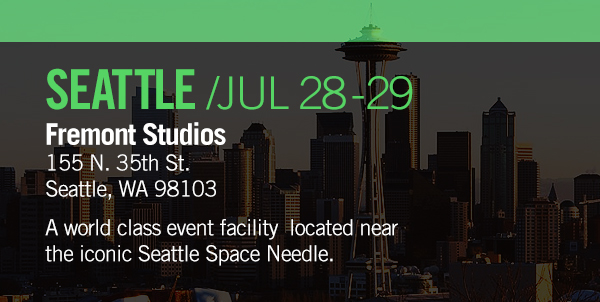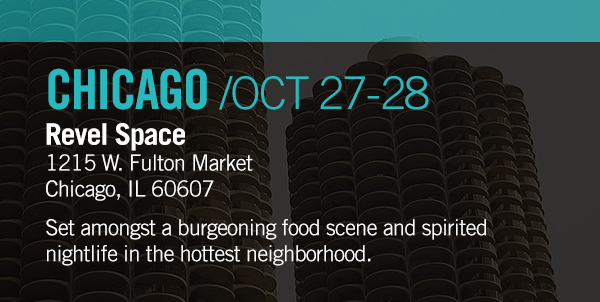One of the most exciting guests we’ll have at CoffeeCon isn’t a coffee, it’s a coffeemaker. I’ve reviewed coffee making machines for twenty years this year. The first thing to realize about coffeemakers is how important they are to our coffee enjoyment. They make our beans come alive. The second thing to realize is how old tech most coffeemakers are. So called automatic drip makers are usually using 1960s (at best) technology and are automatic only in that you press a button and a series of steps ensue. They are not by my standards automatic meaning interactive. That concept eludes all the best most cutting edge few.
Joe Behm made his name in the coffee industry by inventing a home coffee roaster. He had no particular experience in coffee brewers. What Joe lacked in experience he’s made up for in innovation and his sometimes abrasive quest to ask questions – a lot of questions. His Behmor Brazen coffee brewer came to me as a working prototype, a kind of v.1. I thought it was, frankly, stodgy looking. But, it had innovation flowing through its veins. It had user adjustable temperatures. It had a preinfusion stage, which wets the ultra-fresh grounds you and I use, let’s them settle for up to two minutes (also user adjustable) and then lets the brewer rip the rest of the way, brewing far closer to how a Chemex brews than a 1980s Mr. Coffee.
I reviewed it in the Coffee Companion. I chose it as a Best Buy for this year’s bi-annual Consumers Digest Magazine review. It’s really the most innovative consumer automatic drip machine today. I twisted Joe Behm’s arm to come to CoffeeCon and both demonstrate his brewer and to address the future of coffee on Helen Russell’s panel.
Meanwhile, here are a few highlights of an interview I recently did with Joe, the longer version which will eventually appear in the Coffee Companion blog:
Kevin: Hey, I just interviewed Alan Adler of Aeropress. His Aeropress competitions have winners using sub industry temperatures. Meanwhile, I just fought the good fight for SCAA brewing temperatures with a national magazine so I could pick the best brewers. What’s with temperature standards? Are they relevant? If so, how can Aeropress competitions keep being won by folks brewing outside the legal range?
Joe: I sometimes find myself in conflict with the science of coffee to some degree. I’m finding with the brewer if we’re dealing with an African coffee, or a lighter roast, I’m actually coming in under 200F. If I’m doing a Central American or a more full bodied coffee that doesn’t have brightness to it, I’m going 202F, 204F – somewhere in that range. I’m really coming to learn that a bright, lighter roast, fruitier coffee, go under 200F. And so temperature plays a significant difference in what you are going to enjoy out of the cup.
Kevin: Are we all still scratching our heads on the science of coffee brewing?
Joe: Yes! Let’s put it this way: Some of us are. Years ago, when I first started on this journey with my coffee roaster, there was there was a man named Scott Reed, with Royal Coffee in Emeryville. One time I was discussing the Toddy maker and how people felt it was sacrilege. You know, how you lose some of the brightness, some of the acidity in the cup. And he asked, what does your wife think, because she has a bad stomach. And I said, she loves it. And he said, that’s all that matters. The hell with the experts. The hell with what anyone can say good, bad, plus or minus. It’s the individual. They’re the final decider. And, sometimes it’s hard for an industry to accept that, to step away and let it be just that.
Kevin: We’re living in an interesting time period, Joe. We’ve got a number of factions out there, each advocating a different end result to coffee, and to some degree, each proclaiming their result as definitive. The question? Is there a point where we need some standards, imperfect as they are?
Joe: I can understand certain parameters. Like coffee roasting, there is a reason to have certain standards. I refer to the game of horseshoes, where you get credit for being close to certain pegs. Dave did a test with a Boyds blend. By the time the water hit the grounds it was around 193F. That’s outside the SCAA standards by 2 degrees. Yet, that was the optimal brew temperature for this blend. And, that’s why I sometimes question the standards. At the end of the day, it’s an individual thing.
I know my wife is not a huge fan of the fruits. You know with the Ethiopian I’ll pump up the temperature a little bit to balance out some of the fruitiness and give it a little more richness.
Kevin: Joe, the altitude setting is the one thing I really don’t get. Why have it?
Joe: For years this has been a hidden flaw in most coffeemakers. Even though the public may not have realized it, I decided I had to address it. It works like this: At sea level a thermometer works perfectly. For every thousand feet you go up, there’s a two degree loss. The easy way to understand it is to just say a Technivorm brews in Holland at true 200F. That same brewer likely brews at about 198 degrees in Chicago, 192 degrees in Denver, and 188F degrees in somewhere like Reno Nevada.
Kevin: What coffeemakers are exempt from this malady?
Joe: Most, if not all drip makers, including ours, have unsealed, unpressurized boilers. The way temperature is measured and monitored in open boilers is comparing it to air pressure. Needless to say, the air pressure changes as you go up in altitude. So, our brewer allows you to set the altitude. If you’re in Denver you can now brew at 200. Same for each of the cities we mentioned.
Kevin: There are two things I think are outstanding about your brewer. 1. One is the temperature option. It is future proof to brewing temperature trends, which have fluctuated over the years. The second is its ability to preinfuse a little bit of water over fresh grounds before the brewing starts, along with succeeding dousing that mimics manual drip brewing. Those two factors together come close to mimicking the best of manual drip brewing.
Joe: I agree with you of course. A couple of us were discussing home roasting and how no brewer really accepted a fresh roasted coffee. The bloom issue was just a terrible problem. As much as a number of the top ones talked about temperature, none of them gave you temperature control. And, when we first started on this path, I consulted with some other people. This technology simply did not exist to where we could have control of temperature. I was met with tremendous resistance from the engineering staff overseas. I mean literally everybody in a room would shake their heads and say, “What you are describing is impossible. We will never guarantee anything better than plus or minus 3%. And, I literally said to them in a meeting in probably not the nicest of terms, “I will put $100,000 on the table right now. If you follow what I say to do we will get there. But you’ve got to trust me on electronics, because that is my twenty years of expertise. I’m not specifically an electronics engineer but I knew what electronics were capable of doing. An only one engineer in that board room setting with fifteen chairs, only one engineer put his hand up and said I’ll try it. And we literally took a kettle, drilled holes in it, and then built a base platform for it on top of a brewer. And, it worked. They went, yeah, it you’re right. And I said, I know I’m right. Now we have to tweak it. And it took years.
Kevin: Great story of a product.
